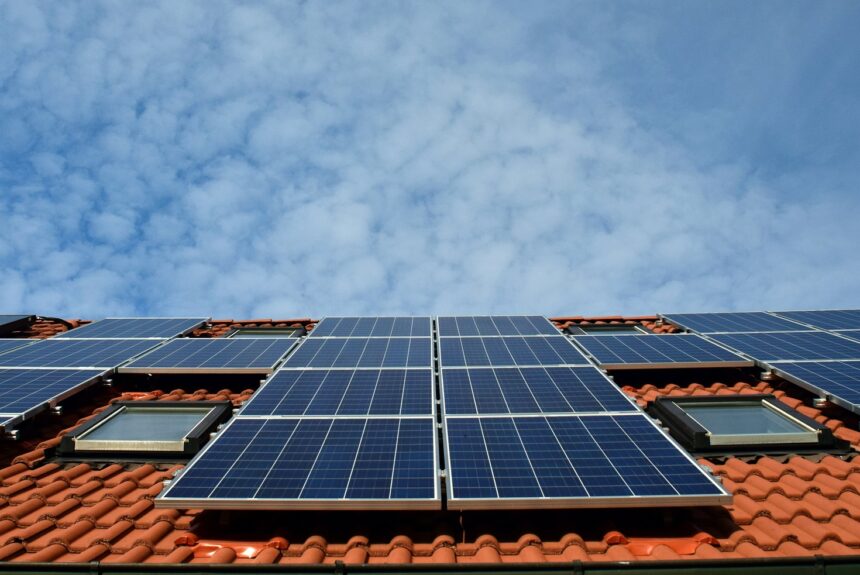Renewables will soon account for one-fourth of the total U.S. power supply, the Energy Information Administration (EIA) said in its latest Short-Term Energy Outlook.
>>>READ: A New Approach to Clean Energy in 2023
January’s report puts the current rate of renewable-generated electricity nationwide at 24%. Government officials expect that number to jump to 26% next year as investment in clean energy projects soars. At the same time, decreased interest in non-renewables can be reflected in the updated figures. While coal currently captures 18% of the U.S. electricity market, EIA analysts project total power generation from coal to slide to 17% in 2024. Meanwhile, the market share for natural gas–while still the primary source of fuel for most American households–is predicted to dwindle from 38% to 37% over the year. Nuclear is expected to remain unchanged at 19%, the authors said.
This month’s report reveals a significant shift in how Americans are drawing their energy. In 2019, green power outpaced coal in energy generation for the first time in over 130 years, the EIA reported. Renewables–which include wind, solar, geothermal, conventional hydropower, and biomass–are now the fastest-growing energy source in the country.
Much of the increase in renewable output will come from investments in solar and wind. About two-thirds of the growth in the forecast will come from new solar power initiatives, and about one-third will stem from advances in wind generation.
“The steady growth of renewables in the U.S. electricity mix underscores the rapid increase in demand for solar and wind projects across the country,” said Alex Formuzis, senior VP of Communications and Strategic Campaigns at the Environmental Working Group.
“I wouldn’t be surprised if the percentage of solar- and wind-generated electricity exceeds the EIA’s projections over the next two years, as the hundreds of billions of dollars from the Inflation Reduction Act pour into clean energy initiatives,” Formuzis said.
Between 2011 and the end of 2021, total U.S. solar power generation grew more than twenty-fold. Wind power capacity more than doubled what it was over the decade. In fact, wind and power are so large now that some analysts think they will soon be tracked as their own categories.
>>>READ: NRC Certifies NuScale’s Small Modular Reactor Design in Historic Ruling
The rise in renewables can be traced to a host of factors, including growing shareholder and consumer activism, upward pressure on governments to accelerate the clean energy transition, and generous tax incentives for green tech. Many pro-renewable groups, including the International Renewable Energy Agency (IRENA), point out that renewables are becoming cost-competitive with fossil fuels. In 2021, almost two-thirds of newly installed renewable power had lower costs than the world’s cheapest coal-fired option in the G20. Even as renewables become mature in the energy marketplace, the industry continues to receive subsidies and production tax credits at the state and federal levels. As C3 Solutions has pointed out in its Climate and Freedom Agenda, undoing preferential treatment for all mature energy sources (including fossil fuels) and modernizing regulations will bring more clean, cost-competitive power to consumers.
This month’s STEO was the first to report a forecast for 2024.
Nathalie Voit is a freelance content creator and a graduate of the University of Florida. She is an alumni of The Heritage Foundation’s Young Leaders Program.
The views and opinions expressed are those of the author’s and do not necessarily reflect the official policy or position of C3.
